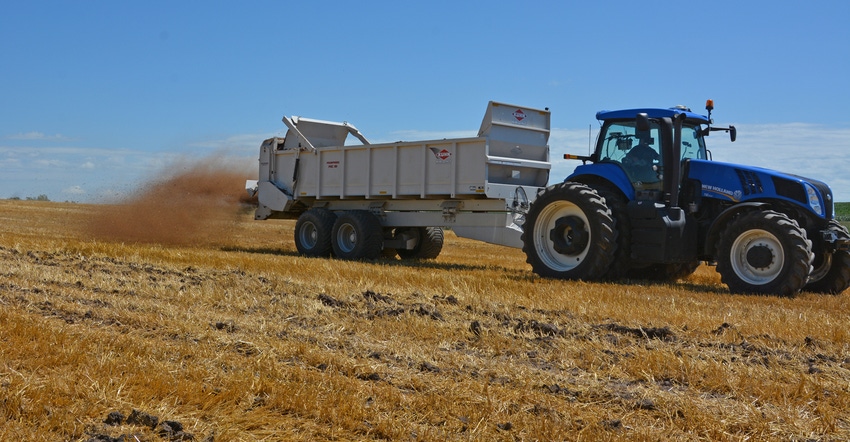October 28, 2022

Environmental pressures continue to grow to reduce agricultural nitrogen inputs.
Concerns about hypoxia, groundwater and air quality — even extending to climate change — dominate many conference agendas. Some call for extreme changes in what farmers grow and how they grow it, discounting the environmental improvements realized from improved nitrogen management.
I believe that your efforts to fine-tune nitrogen management are making a difference, and that significant progress toward our state regulator’s plans to reduce nitrogen impacts on the environment can be achieved in the future while still meeting the needs of a still-hungry population.
Many of the agricultural practitioners reading this article could just as easily have written much of it, so this is more of a compilation of ideas I am hearing about from farmers, agronomists and scientists involved in N management:
Get rates right. Nitrogen application rate is still a hotly debated topic, and for good reason! Apply too much and you’ve wasted money while also potentially contributing to environmental challenges. Apply too little and you risk losing crop yield, which impacts your returns to investment in land, seed, fertilizer and other inputs. University recommendations are a good place to start, but the “Goldilocks” rate varies from field to field and year to year. The absolutely right rate is a moving target and generally cannot be known until harvest. A growing number of farmers report that good record keeping and on-farm strip trials help inform nitrogen rate decisions. Rate is such a key factor that it is also a component of the rest of our top five.
Apply closer to when the crop can use it. When nitrogen fertilizer first gained widespread use, fall applications were the norm. A growing body of research shows that spring or in-season applications use nitrogen more efficiently in many situations. This means similar yields with less added N. How much less depends on local conditions, so there are still situations where fall applications are the right form of risk management. Where the switch away from fall is happening, farmers report that they like the added flexibility, as moving to spring fertilization allows for last-minute cropping decisions, and you have several additional months of weather information.
Use the right form. Thirty years ago, anhydrous ammonia was the main form of nitrogen applied to Minnesota crops, with roughly twice as much actual N supplied by anhydrous as urea. During the decade from 2000 to 2010, anhydrous and urea were about equal. In recent years, urea has become the primary source, with about three times as much N provided as compared to anhydrous. This shift has been driven by ease and safety of handling, and generally accompanies the shift to more spring and in-season applications. Many farmers report increased nitrogen efficiency since the shift in source and timing. The one concern I hear frequently is that there are very few situations in which urea can be applied in the fall without the potential for significant nitrogen loss.
Use a nitrogen stabilizer or enhancer. Increasing prices for nitrogen fertilizer brought about a slew of new products that are marketed as nitrogen stabilizers or enhancers. The bottom line is that some work — and others don’t. In the words of legendary University of Minnesota soil scientist George Rehm, many can be characterized as “foo-foo dust.” Do your research to be sure the product you are considering actually works. Look for third-party, usually university-based, research. Don’t just rely on proprietary research.
Incorporate. I am adding incorporation to the list primarily for manure applications. While the University of Minnesota is currently evaluating different forms of manure to update their rate recommendations, one factor unlikely to change is that nitrogen volatilization without incorporation can be very significant, and thus very expensive if you were counting on that nitrogen. While incorporation of commercial fertilizer is also important, it is not a primary consideration here, as the vast majority of applications are being incorporated currently to reduce risk.
These are just a few keys to reducing nitrogen loss. I am sure there are other innovative techniques being used or explored, some of which will be part of the continuing evolution as farmers keep doing better, collectively and individually. We’ve come a long way in the past half-century, progress indicative of your ability to work on future challenges.
Formo is executive director of the Minnesota Agricultural Water Resource Center.
About the Author(s)
You May Also Like






